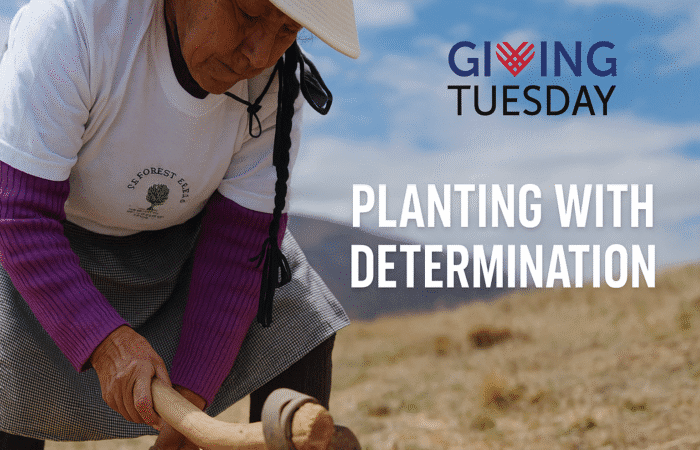Imagine a silent army capable of reversing centuries of environmental damage, restoring degraded lands, and protecting the lives of millions. It’s not futuristic machines or artificial intelligence. It’s trees.
In a world increasingly battered by heatwaves, droughts, and forest fires, trees have reemerged as one of the most effective and natural solutions to slow global warming. But this powerful tool raises a crucial question: who will fund the planet’s green revival?
The Power of a Trillion Trees
Science is clear: massive reforestation is one of the most efficient and accessible ways to capture carbon. A study published in Science showed that planting one trillion trees could remove up to 200 gigatons of carbon dioxide from the atmosphere — the equivalent of nearly two decades of global emissions.
Beyond carbon capture, trees restore soil, purify water, create habitats for thousands of species, and protect human communities from climate impacts. But planting a trillion trees is not free. It requires planning, land, long-term care, and sustained funding.

Who Will Pay for the Planet’s Future?
Despite global agreement on the need to reforest, funding has been slow and insufficient. To scale this strategy globally, we need a cross-sector effort:
- Governments: Many have pledged restoration goals, but they must commit real and continuous public investment.
- Businesses: More companies are funding reforestation as part of their climate goals, but it’s crucial to avoid greenwashing and demand transparency.
- NGOs and civil society: They lead on-the-ground projects and mobilize international cooperation and donations.
- Conscious citizens: Ordinary people can make a difference by supporting tree planting, spreading awareness, and demanding climate action.
Reforestation Also Offsets Your Carbon Footprint
Every person, company, or product generates a carbon footprint — the total greenhouse gas emissions caused by their daily activities: driving, electricity use, air travel, food consumption, manufacturing, and more.
One effective, nature-based way to offset that footprint is planting trees. As trees grow, they absorb CO₂ from the atmosphere and store it, helping restore balance to the climate.
For example: a single tree can capture between 20 and 25 kg of CO₂ per year. Planting multiple trees can offset the impact of your travel, energy use, or consumption habits.
While reforestation is not a substitute for reducing emissions, it is a practical, immediate, and accessible way to take meaningful climate action.
A Story of Growth in Peru
In the San Martín region of Peru, local communities have transformed lands degraded by logging and unsustainable agriculture into thriving young forests. With support from individual donors and environmental organizations, over 800 hectares have been reforested using native species like tornillo and mahogany.
“This area used to be dry, with no shade and no water. Now we have a young forest, the birds are back, and the rivers haven’t dried up in the summer anymore. Plus, several neighbors have jobs caring for the trees,” says Rosa, one of the community leaders behind the project.
This real-life success shows how every tree planted can improve lives and restore ecosystems.
Reforesting Is Profitable—and Urgent
Every dollar invested in forest restoration yields multiple economic, social, and environmental benefits. Reforestation creates green jobs, protects biodiversity, and makes communities more resilient to climate change.
And it’s also one of the most direct ways for individuals and companies to take responsibility for their carbon footprint, contributing to a more livable planet.
Your Support Can Plant Hope
At Reforest Trees, we connect people, companies, and governments with reforestation projects that are transparent, effective, and science-based. Every tree matters. Every action counts.
Have you planted your tree today?
Make your contribution here – Because stopping global warming starts at the root.



